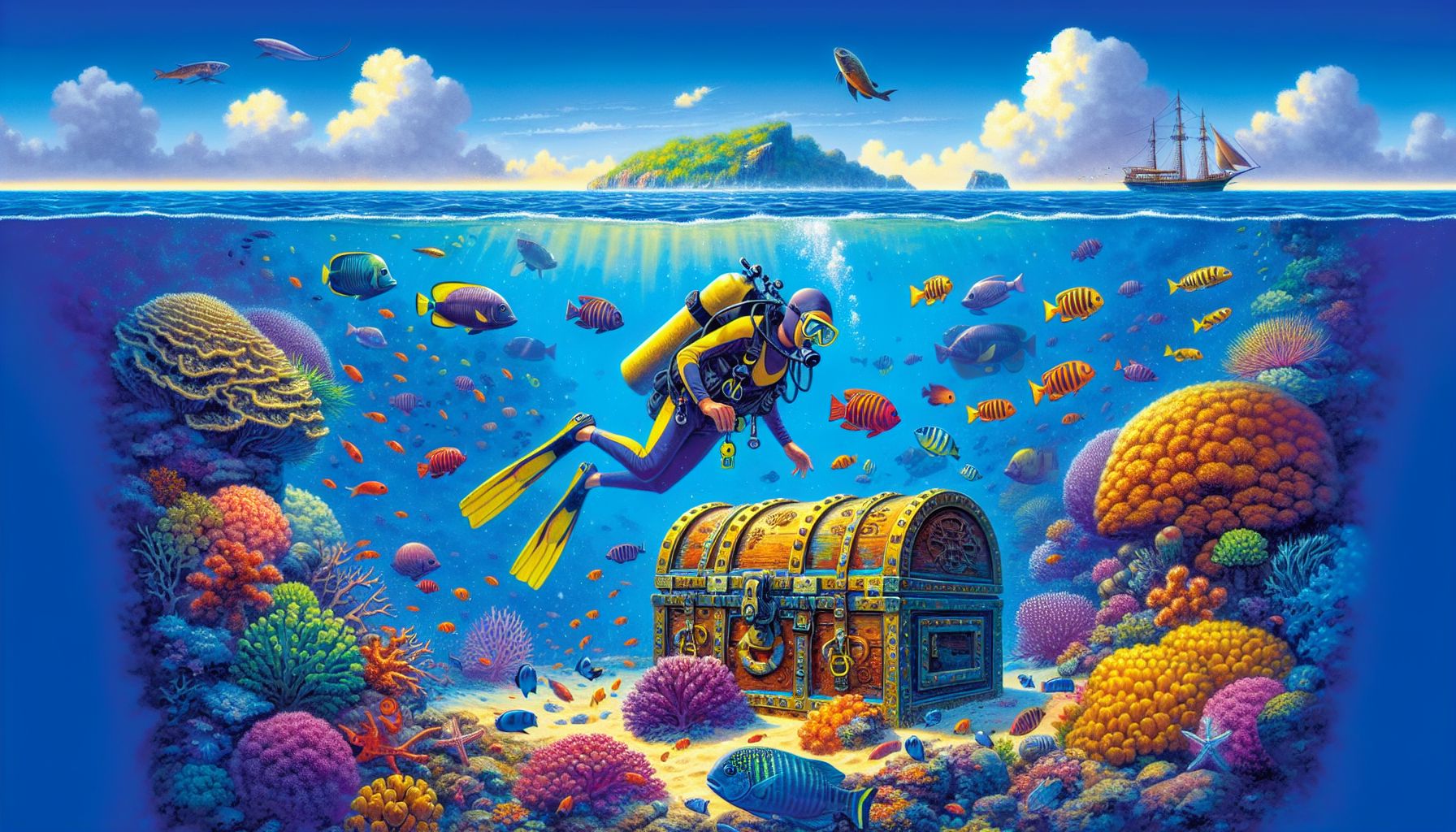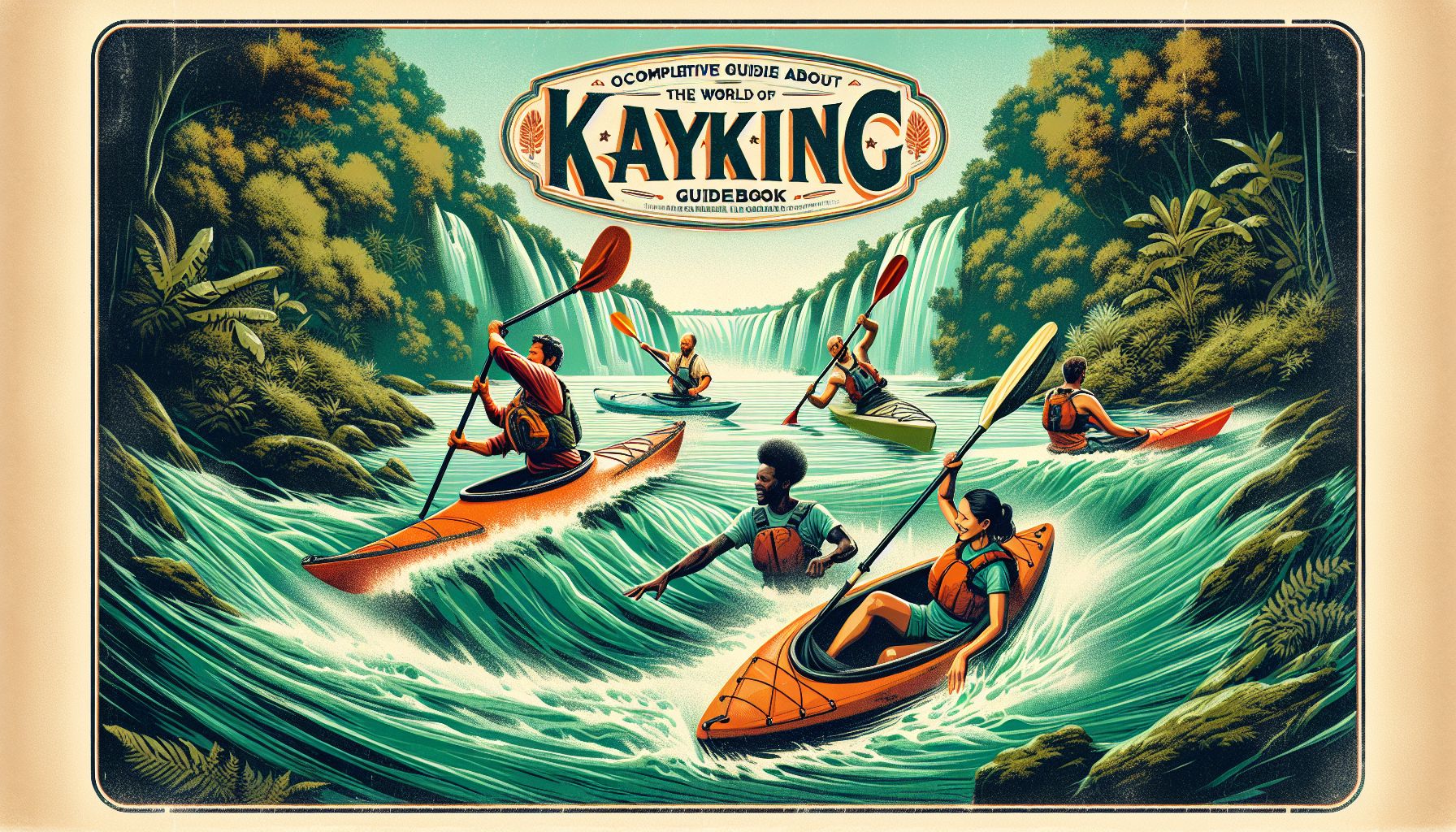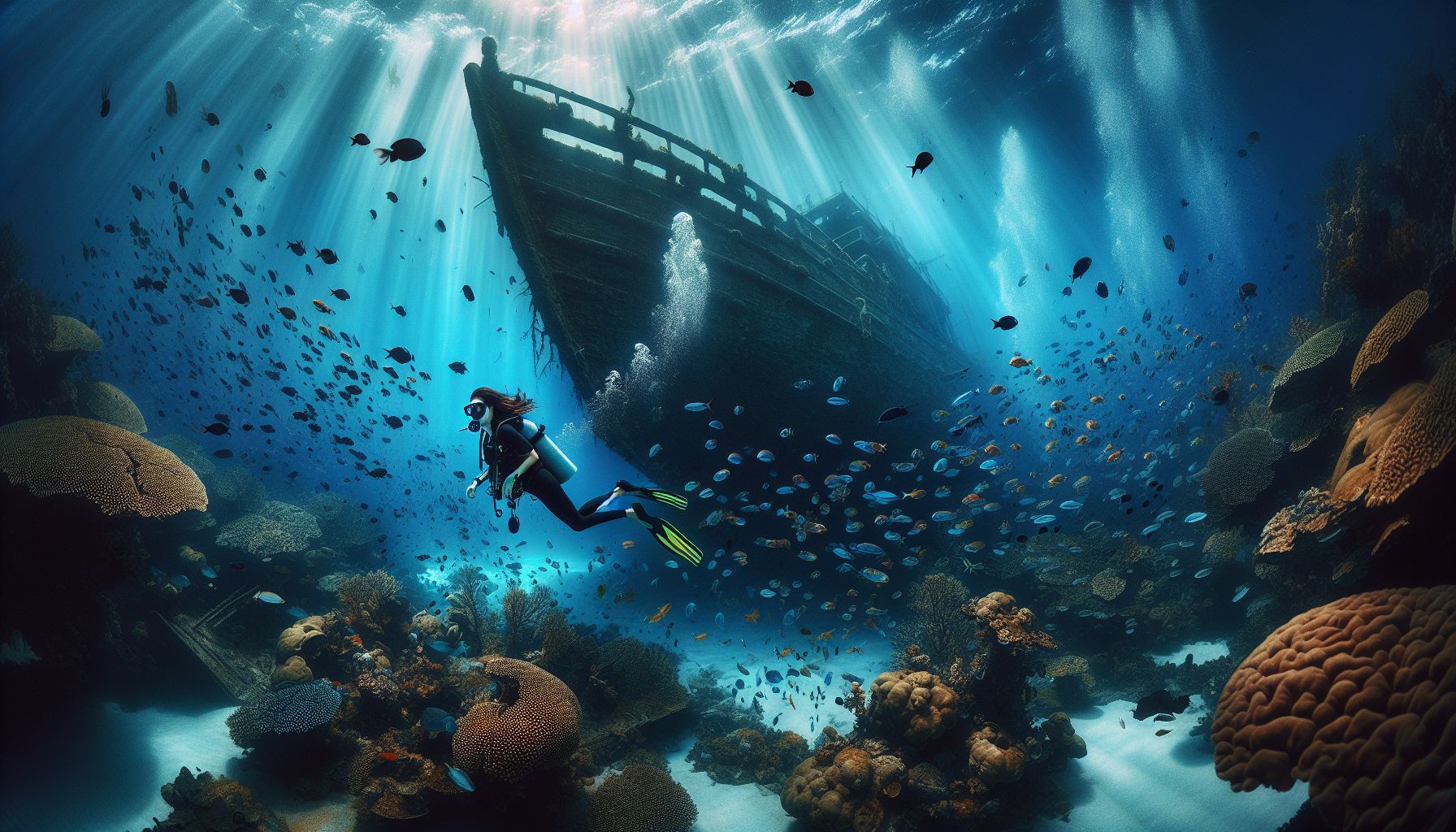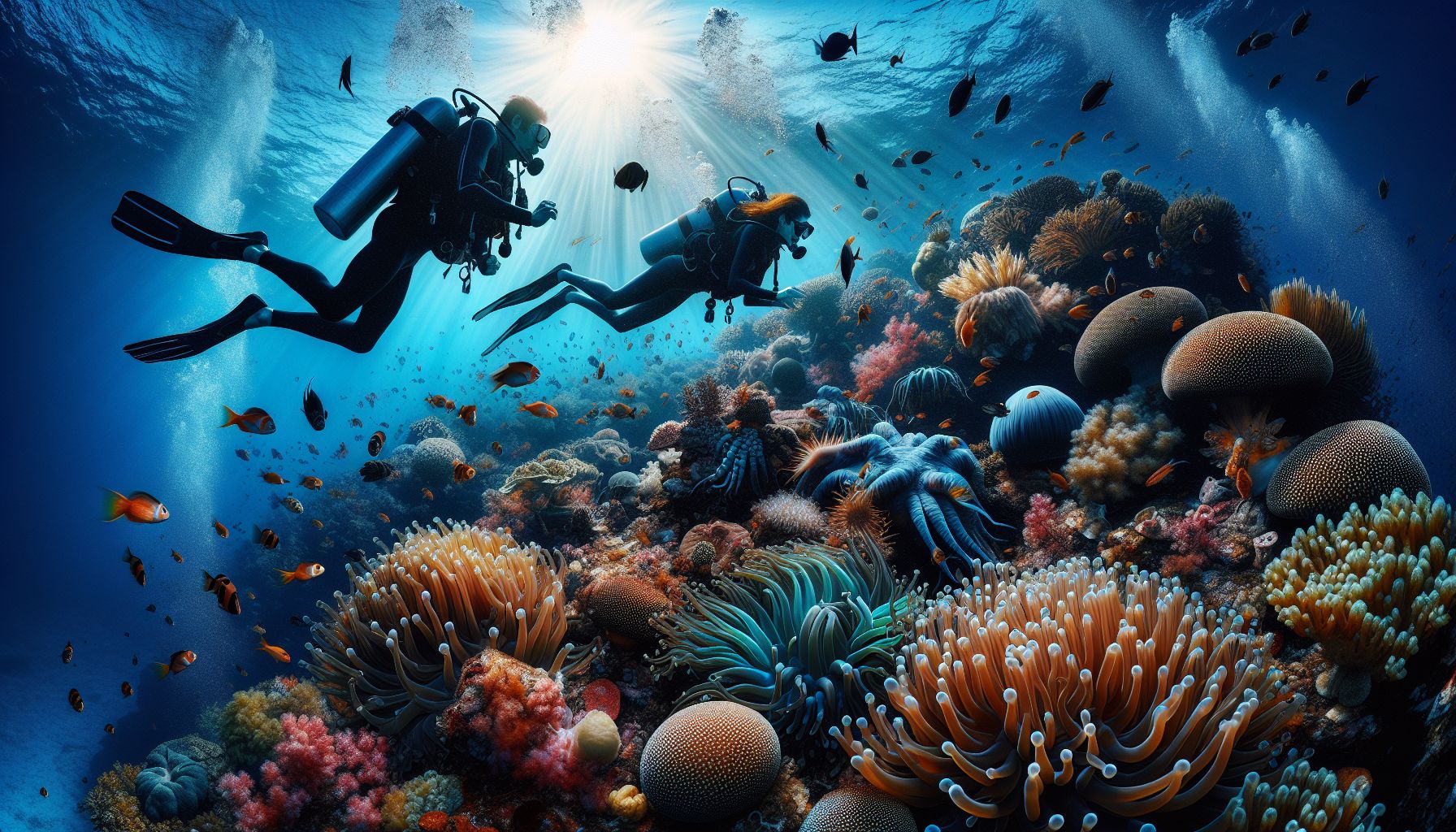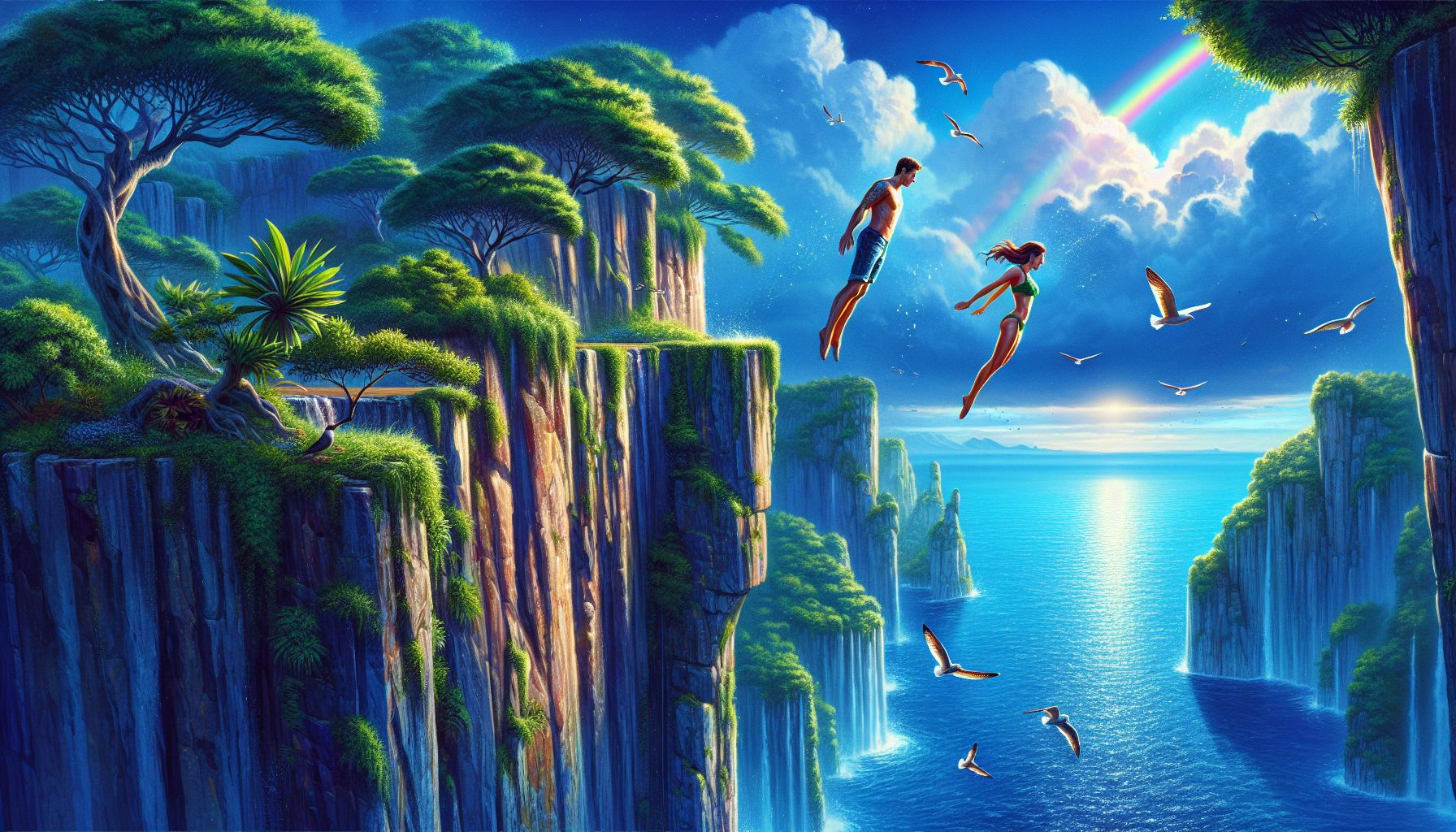Scuba diving is more than just a sport or recreational activity—it’s a doorway to a different world, one full of color, life, and mysteries that have captivated humanity for centuries. This immersive activity allows us to explore marine environments that would otherwise be inaccessible, providing a unique experience of the planet’s underwater ecosystems. Whether you’re an experienced diver or someone considering their first dive, this ultimate guide to scuba diving will take you through the essentials, safety, gear, certifications, and the extraordinary benefits diving brings to both the individual and oceanic conservation.
I. The Scuba Diving Experience
Scuba diving offers a unique thrill that is unmatched by any land-based experience. Imagine descending into the ocean’s depths, where sunlight filters through the water, illuminating the vibrant colors of coral reefs. Fish dart playfully around you, and the world above becomes a distant memory as you become part of this aqueous realm.
A. An Underwater Journey
Scuba diving is not just about observing; it’s about immersing oneself in the environment. The silence underwater is profound—apart from the rhythmic sound of your own breathing through the regulator, the tranquility is mesmerizing. The weightless sensation, termed neutral buoyancy, resembles floating in space, providing a peaceful and utterly freeing experience.
B. Marine Life Encounters
Divers encounter a variety of marine life, from tiny, intricate nudibranchs to gentle giants like whale sharks. Each dive site offers unique habitats and ecosystems, making every dive a discovery. Sites like the Great Barrier Reef in Australia, the Blue Hole in Belize, or the countless wrecks scattered across the ocean floors serve as living museums and habitats, fostering a deep appreciation for the ocean’s biodiversity.
II. Getting Started with Scuba Diving
Anyone interested in scuba diving must begin with proper training and certifications. The process is straightforward, but it’s essential for safety and enjoyment underwater.
A. Training and Certification
Reputable organizations like PADI (Professional Association of Diving Instructors), SSI (Scuba Schools International), and NAUI (National Association of Underwater Instructors) offer beginner courses. These typically include:
- Classroom Study: Learning dive theory, safety rules, and understanding how equipment works.
- Confined Water Dives: Practicing skills in a pool or calm, shallow water.
- Open Water Dives: Applying skills in a real diving environment under an instructor’s supervision.
After successful completion, divers earn a certification card (C-Card), which allows them to dive independently with a buddy within certain depth limits.
B. Gear and Equipment
Proper gear is critical for a safe and comfortable dive. Here’s a rundown of standard equipment:
- Mask: Allows clear vision underwater.
- Snorkel: Useful for breathing at the surface without wasting air from the tank.
- Fins: Provide efficient movement through the water.
- Wetsuit/Drysuit: Insulates against the cold and protects from the sun and underwater hazards.
- Buoyancy Control Device (BCD): A vest that allows divers to fine-tune their buoyancy.
- Regulator: Delivers air from the tank to the diver at ambient pressure.
- Dive Computer: Tracks dive time, depth, ascent rate, and no-decompression limits.
III. Scuba Diving Safety
Diving is safe when done responsibly. Understanding and following safety protocols is non-negotiable.
A. The Buddy System
Always dive with a buddy, someone who can help in case of an emergency and vice versa. Communication underwater is through hand signals, so it’s essential to review these before each dive.
B. Health and Fitness
Divers should be in good health, and it’s advisable to have a medical clearance if there are any pre-existing conditions. Good fitness levels contribute to better air consumption and overall enjoyment of the dive.
C. Dive Planning and Checklists
Plan every dive, including objectives, depth, duration, and safety stops. Use of checklists for gear and pre-dive safety checks (like the BWRAF – BCD, Weights, Releases, Air, Final Check) help prevent accidents.
IV. Advanced Diving and Specializations
After mastering the basics, divers often pursue specialty courses and advanced certifications. Adventure awaits in the form of deep dives, underwater cave explorations, or ice diving. Specialties like underwater photography and videography can also be pursued, offering a creative outlet underwater.
A. Protecting the Underwater World
Divers learn to respect and protect the ocean. This includes responsible interactions with marine life, understanding the importance of not touching corals, and participating in conservation efforts.
V. The Personal and Environmental Benefits of Scuba Diving
Scuba diving is more than a sport; it’s an activity that offers numerous personal benefits and contributes to environmental awareness and ocean conservation.
A. Mental Health and Well-being
Diving can be incredibly therapeutic. The focus required during a dive creates a meditative state, helping to relieve stress and increase mindfulness. The connections made within the diving community can also contribute to long-term happiness and well-being.
B. Environmental Awareness and Advocacy
Experiencing the underwater world firsthand fosters a deep appreciation for its conservation. Many divers become advocates for marine protection, get involved in citizen science projects, or support marine charities and conservation organizations like Project AWARE or the Ocean Conservancy.
VI. Conclusion: The Call of the Depths
Scuba diving offers a unique and awe-inspiring way to interact with the world below the waves. It’s an adventure that teaches, challenges, and rewards those who are willing to take the plunge. As Jacques Cousteau famously said, “The sea, once it casts its spell, holds one in its net of wonder forever.” Whether chasing the thrill of discovery, the solace of the silent world, or the desire to protect our oceans, scuba diving provides a powerful and enchanting experience.
Sources
- PADI (Professional Association of Diving Instructors) – From certifications to marine conservation, PADI provides comprehensive resources for divers at all levels. https://www.padi.com/
- Project AWARE – A nonprofit organization working with divers to protect underwater environments. https://www.projectaware.org/
- The Ocean Conservancy – An organization that advocates for the health and sustainability of the ocean. https://oceanconservancy.org/
“`markdown
Exploring the Depths: Scuba Diving, an Underwater Adventure
Scuba diving is more than just a sport or recreational activity—it’s a doorway to a different world, one full of color, life, and mysteries that have captivated humanity for centuries. This immersive activity allows us to explore marine environments that would otherwise be inaccessible, providing a unique experience of the planet’s underwater ecosystems. Whether you’re an experienced diver or someone considering their first dive, this ultimate guide to scuba diving will take you through the essentials, safety, gear, certifications, and the

